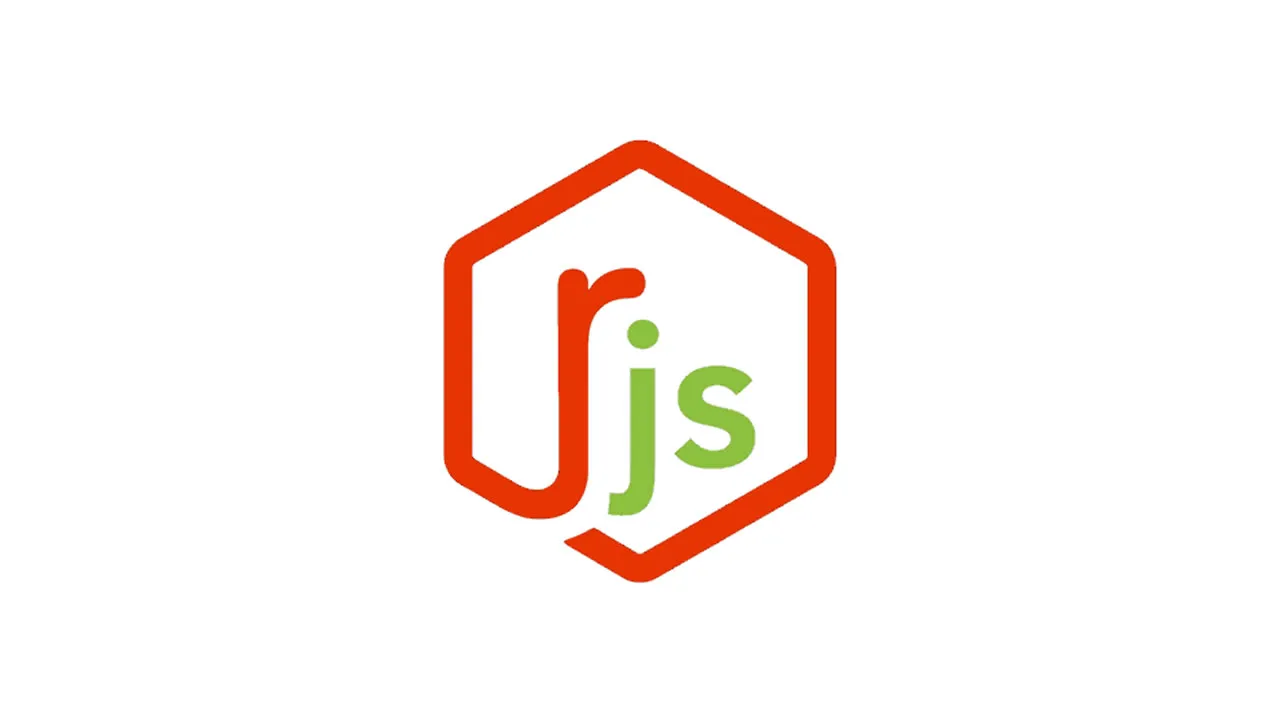Caching is a powerful technique for optimizing your application’s performance. Learn to create a custom cache service in Node.js using Redis.
Introduction
The importance of optimizing application performance cannot be overstated. As web developers, we want our apps to provide a great user experience, so we need to employ a variety of techniques to optimize their speed and performance.
The first step in the process is to identify how and where performance bottlenecks arise in the application. The usual suspect here is how we handle and manage our application data. When it comes to Node.js applications — and backend systems/applications in general — there is almost always a need to store user data or information in a dedicated database for subsequent retrieval.
To a large extent, the way we handle the data in our application determines how well it will perform at scale, especially considering databases themselves can amplify the overall performance bottleneck of our web apps. Any technique we can apply to reduce the amount of time needed to perform read/write operations on these databases will be beneficial.
Caching is one such technique we can employ to solve these performance challenges. In this tutorial, we’ll explore ways to improve an application’s overall performance by employing data caching strategies in Node.js. Let’s begin!
Why cache data in the first place?
Caching is generally recommended for cases in which the state of the data at a particular point in the app rarely changes. Think lists of products, country calling codes, or store locations. By way of example, for a recent feature, I needed to fetch a list of banks from an external API. The most efficient method was to make that API call once and store the response in a cache.
This means that, subsequently, we won’t need to make that same API call over the internet; rather, we can just retrieve the data from our cache since we wouldn’t expect it to suddenly change. Caching the data or the API response at that layer improves our app performance by a significant degree.
With caching systems, data retrieval processes are already optimized since data is stored in-memory. This is in contrast to the on-disk storage mechanisms found in most traditional databases, wherein reads and writes (in terms of queries) are not as fast when compared to in-memory storage systems.
In-memory databases are generally used by applications that manage a large amount of data and depend on rapid response time. With that in mind, we can sum up the two major benefits of in-memory databases:
- Fewer CPU round trips/processes, leading to faster transactions
- Faster reads/writes, ensuring multi-user concurrency
On the flip side, in-memory databases are more volatile than traditional databases since we can easily lose data if, for example, the RAM crashes. Traditional databases perform great in this regard because data can still be restored from the disks in the event of any issues.
Node.js performance at scale: Employing caching techniques
The speed at which our application can process data is a major performance consideration when designing our application architecture. As engineers, we need to explicitly determine which portions of our data processing/handling cycle should be cached.
Caching systems are not used in isolation. Caching is basically a layer of abstraction that involves an intermediary storage mechanism in conjunction with a backend system (in our case Node.js) and, usually, a traditional database. The point is to enable an efficient data retrieval process, and caching systems are optimized for that particular purpose.
For Node.js apps in particular, caching strategies should address the following concerns:
- Update or invalidate stale data from a cache: A very common problem in web development is handling cache expiration logic for maintaining an up-to-date cache
- Cache data that is frequently accessed: Caching makes a lot of sense here as we can process the data once, store it in a cache, and then retrieve it directly later, without doing any expensive or time-consuming operations. We would then need to periodically update the cache so users can see the latest information
#node #redis #web-development
